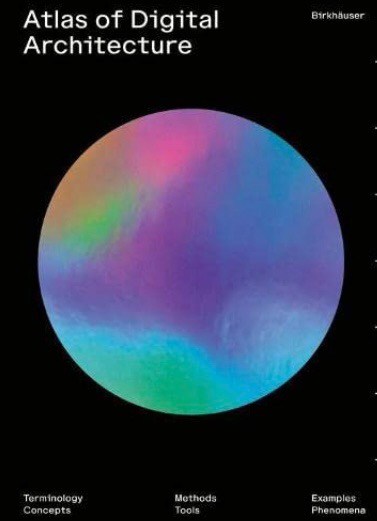Atlas of Digital Architecture: Terminology, Concepts, Methods, Tools, Examples, Phenomena (2020)
DOI:
https://doi.org/10.56261/built.v20.247388Abstract
Atlas has published with 760 large-format pages and almost as many illustrations that focus on the unlimited possibilities of computers in architectural scope by two dozen university professors and lecturers share their vast range of expertise with a professional writer (Sebastian Michael) and three editors who are professors from architectural academy, namely Ludger Hovestadt (Institute for Technology in Architecture, ETH Zürich) , Urs Hirschberg (Institute of Architecture and Media (IAM) at Graz University of Technology), and Oliver Fritz (HTWG Konstanz University of Applied Sciences). Atlas of Digital Architecture offer all conceivable way architects use digital computation. The content of this book has consisted of using digital tools and a computing process in terms of concept, meaning, techniques, workflows, and examples of tools and architectural productivity. The overall content is explaining background, overview, theoretical framework, principle, and particular way of thinking about architecture and computing in each issue with example result of architecture and method of workflow techniques in digital tools. Examples of knowledge and thought tools in earnest are geometries modeling, graphs & graphics, visualization, writing & code, digital manufacturing, big data & machine learning, private & security, collaborate, and the internet of thing (IOT).
Downloads

Downloads
Published
How to Cite
Issue
Section
License
Copyright (c) 2022 International Journal of Building, Urban, Interior and Landscape Technology (BUILT)

This work is licensed under a Creative Commons Attribution-NonCommercial-NoDerivatives 4.0 International License.










